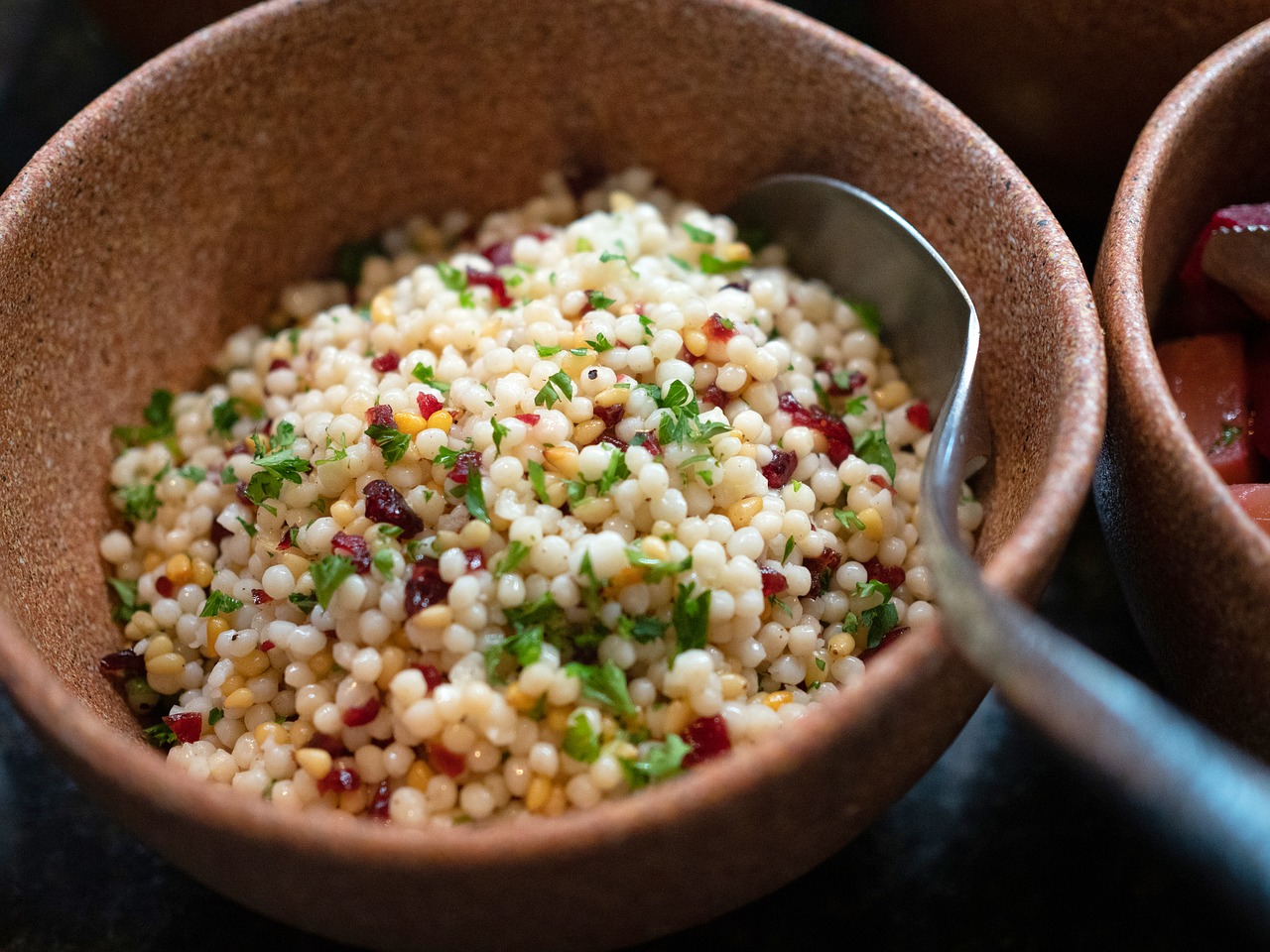Carbs as consumed

Sometimes I feel like labels are out to sabotage you. They list carbohydrates and calories per 25 grams, per serving, per 100 grams. Just drop it. You and I both know that I’m going to eat the whole bag, so you might as well tell me how many calories are in it. I’m already committed.
When I first got diabetes, I became an avid label reader. While I was clued in on calories, I had no idea what was going on with the carbohydrates. It’s not something a normal person looks for. As a diabetic, you have to dose insulin for all carbohydrates, so they become somewhat of an obsession. I now know the carbohydrate count of every single whole food item in the supermarket. That’s what happens after a couple of years of reading labels and scanning QR-codes. I’m a nutritional lexicon on two legs.
It wasn’t always easy. I kept a food log and weighed everything. To make matters worse, many products would flag up with the American units, like ounces and cups. Now, how do you define a cup of broccoli? Is it compressed cup size without any air holes, or do I just drop the broccoli in? How you cut it would clearly influence how much would fit into the cup. Why don’t these people use grams and milliliters like the rest of us? Believe it or not, but standardized measurements are one of the foundations on which our civilization rests.
There’s no doubt in my mind that food producers intentionally make their labels hard to read. My worst mistake happened with a bag of couscous from Marks and Spencers. When I read the label it surprised me how low-carb it was at just 20 grams of carbohydrates per 100 grams. I made myself an elephant-sized portion. Two hours after eating, when I checked my blood glucose it was at 17 mmol/l (306 mg/dl). I looked at the bag again. My bad. It said: “carbohydrates as consumed 20g/100g”. What’s that even supposed to mean? Who cooks the food, and then when it’s steaming hot, tries to weigh it?
Thank you Marks and Spencers for the clear labeling. I’m never eating your couscous again.